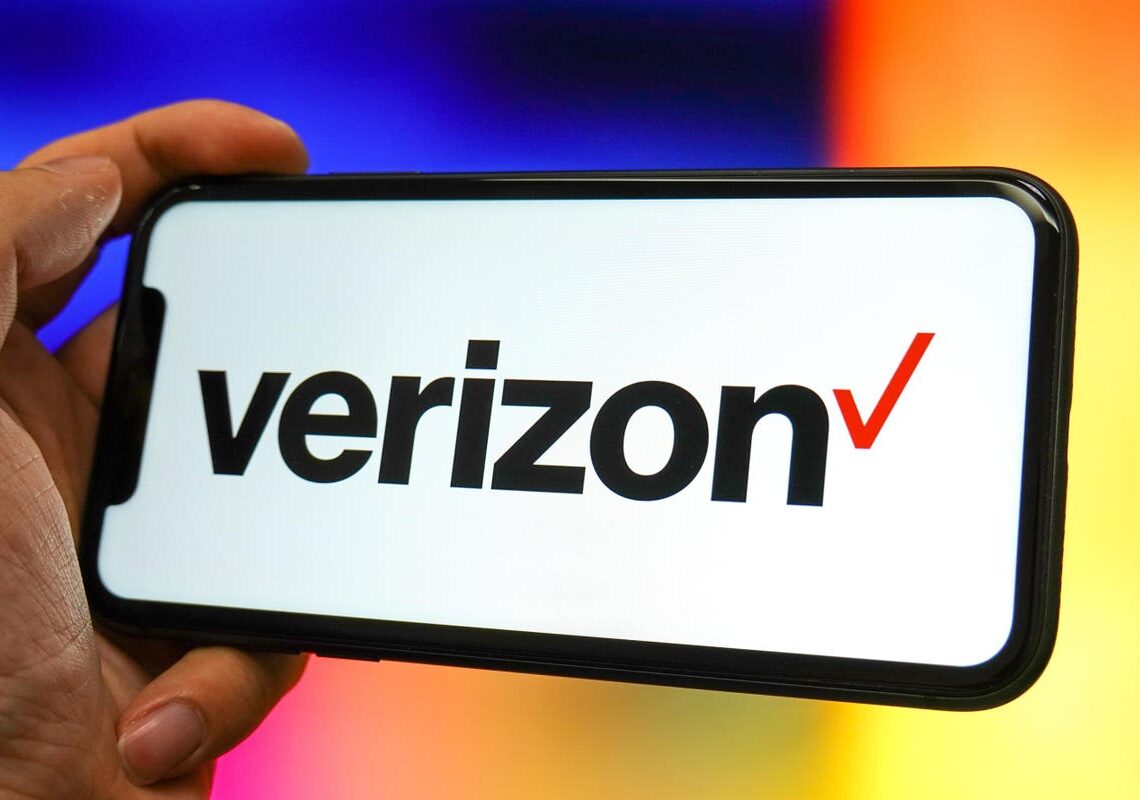Verizon stock currently trades at $34 per share, 43% below the levels seen on May 10, 2021 (pre-inflation shock high). Verizon saw its stock trading at around $51 at the end of June 2022, just before the Fed started increasing rates, and has lost about 33% since. In comparison, the S&P 500 gained 18% during this period. Verizon is being impacted by slower growth in the wireless phone space following the easing of Covid-19, while competition has also been mounting with carriers doling out aggressive promotions to add customers. Separately, rising interest rates have also likely made dividend stocks, such as Verizon, a bit less attractive to investors, while also making highly leveraged companies a bit more risky.
Interestingly, Verizon stock has had a Sharpe Ratio of -0.3 since early 2017, well below the 0.6 for the S&P 500 Index over the same period. This also falls short of the Sharpe of 1.3 for the Trefis Reinforced Value portfolio. Sharpe is a measure of return per unit of risk, and high-performance portfolios can provide the best of both worlds.
Support authors and subscribe to content
This is premium stuff. Subscribe to read the entire article.











